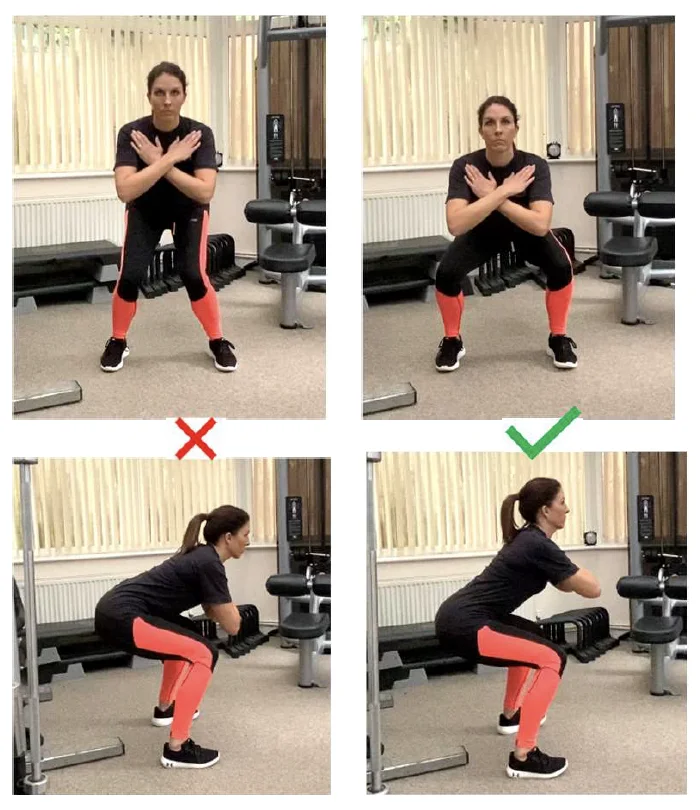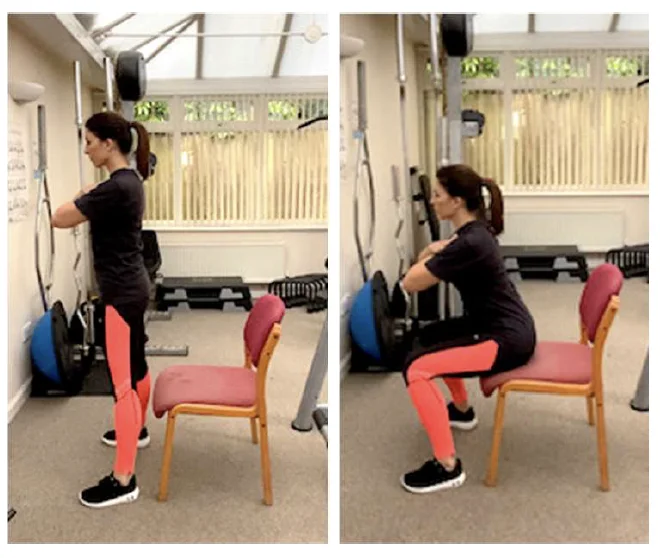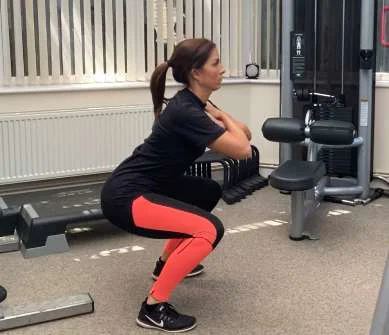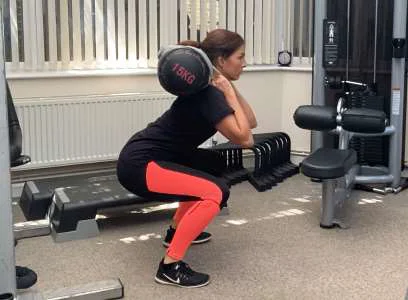Prepare for exercise
Warm-up
The warm-up is an important element designed to prepare your body for the session ahead. The aim of the warm-up is to activate and increase the temperature of the working muscles, without causing fatigue, optimising the effects of your main session whilst also reducing the risk of injury and stiffness. Begin slowly, ensure your warm-up is specific to your exercise session and factor in the environment you are training; outdoor sessions in cold conditions will require a longer warm-up duration.
Cardiovascular training
To warm up prior to a cardiovascular training session i.e. running, take time, to begin with, a gradual warm-up, such as brisk walking, progressing into a light jog. The warm-up should be around five minutes in duration, although this time will increase when training in colder environments.
Warm up prior to a functional circuit session
- Begin with low-intensity aerobic activity walking, torso rotation and flexions, shoulder rolls, and gradually progress intensity i.e. jogging.
- Progress with dynamic movements arm swings, lunges with a twist, walking knee lift, hip openers, heel kicks, squats, walking lunges, and lateral lunges. Keep the movement controlled - avoid bouncing and jumping. Complete 8 – 10 reps of each movement whilst travelling, progressing the range of movement.
- Increase intensity – i.e. shuttle runs, lateral travel, varying directions, bend down floor touch and reach up overhead.
Warm up prior to a resistance session
- 5-minute walk/light jog or steady bike (feel warmer, comfortable, able to talk).
- Mobilisation and dynamic stretching wrist circles, shoulder rolls, arm circles, torso rotations and flexions, squats, hip openers, knee lifts, and heel kicks.
- Weight preparation – can include performing reps of the major muscles from your main session, with lighter resistance such as light weights (50% working set), or just using body weight.
Technique tips
- Ensure that you adopt and maintain good posture throughout your training.
- Focus on the quality of your exercise, ensuring you perform each repetition through a full range of movement with control.
- Check out your technique in a mirror or record yourself. You may be able to spot an adjustment to technique that you may not be able to feel.
- Always include a thorough warm-up prior to commencing your working session.
- Make time for stretching after each session to reduce muscle soreness and joint stiffness.
Try This
Relax, exhale and draw in your tummy towards your spine, activating your core muscles.
Relax and repeat.
Mild core activation should be maintained throughout your exercise session and is great to build into everyday activities to reduce your risk of injury, particularly in the lower back.
Tailor the programme to suit your need
From week five, you will notice that the programme offers an option to select either a cardio or resistance session on a Monday. On alternate weeks the session begins with shuttle practice, which you are encouraged to complete first. Then choose either the cardio or resistance session based on which you have a greater need to develop. Using the prompts in the needs analysis will help you to make your own assessment. If you are new to resistance training, it may be likely that you need to invest more time each week to develop your strength, so the additional resistance session would be advisable.
Squat Technique
It is important to focus on the quality of your exercises, to ensure you are performing them correctly. Allowing your body time to master the technique before progressing will lead to correct muscle memory, enabling you to develop whilst continuing to maintain correct form, reducing your risk of injury.
The squat is a functional movement that is important to be performed correctly. A lack of joint flexibility and muscle strength can lead to common errors when squatting, including the chest tipping forward, knees falling in, and heels lifting from the floor.

As flexibility increases, and muscles strengthen providing stability to the joints, your squat can then be developed.
Where to Begin
Focus on
- Keeping chest lifted
- Keeping knees out in line with toes
- Heels on the floor
Bodyweight box squats
Can use a box, bench, chair or an object, your knee bend will be 90 degrees when seated.
Feet slightly wider than hip distance apart, toes slightly turned out.
Cross arms over chest or take arms out in front.
On the downward phase, focus on pushing your hips backwards, sitting down on the box for a moment, then pushing down through your feet, bringing your hips forward to return to start.

Progress to Bodyweight squats
If knees fall in, or heels start to lift from the floor, reduce the range of movement and do not go any deeper, begin the upward phase by pushing through heels and bringing hips forward.

Add Resistance
Once you can complete a squat maintaining correct form, you can then add resistance.
